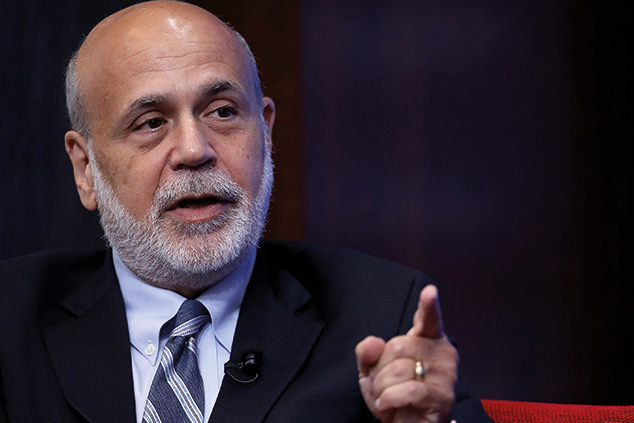
First things first. No indicator is perfect. And recessions are rare, so we don’t have a huge sample size to go on, which limits the useful conclusions we can draw (if you roll a die ten times, and it comes up “six” nine of those times, you might suspect something, but you can’t say for sure that it’s loaded). However, the yield curve has one of the best records of any such indicator. Since the early 1970s, there have been six recessions in the US. On all six occasions, three-month yields rose above ten-year ones, on average about a year before recession began. The only false signal came in 1998. That failed simply because the Federal Reserve panicked, cut interest rates, and helped fuel a final euphoric surge in the stockmarket, which made the resulting tech bubble and bust even more painful.
Is it different this time? Many argue that quantitative easing – and its distortion of the bond markets – has invalidated the signal. But similarly convincing arguments were made before by bond-market experts (including Bill Gross, the one-time bond king) and past Fed bosses (Ben Bernanke dismissed a yield curve inversion in 2006) and they’ve all been wrong, regardless. A more important question for investors is this: if it is correct, then what does it mean for your portfolio if a recession is on the way?
The answer to that is – probably not a lot. Economies and financial markets are two different things, and when it comes to investing, you should be looking for cheap assets, rather than worrying too much about what’s going on in the wider economy. Analyst Gary Shilling (on the right) gives a view on how far the US stockmarket might fall in a recession, but it’s arguably too expensive for a long-term investor to have a lot of money tied up in right now in any case. Instead, stick to better-value markets, which right now include the UK.
What is the yield curve?
Bonds are IOUs. You lend the bond issuer money for a set period (term). In return, you get a regular interest payment (coupon) and your money back at the end of the term. Once the bond has been issued, it trades on the open market, which means the price can go up or down depending on how attractive the coupon is (and how creditworthy the issuer is deemed to be). Calculating the coupon as a percentage of the bond’s price gives you the yield (there are various measures of yield, but this will suffice here).
The yield curve compares the yield on bonds that have the same credit quality, but different maturities (so, for example, the Treasury yield curve charts the yields on everything from three-month US government debt to the 30-year Treasury). The curve normally slopes upwards from bottom left to top right, because longer-dated bonds typically yield more than shorter-term ones. That’s because money today is worth more than money in a year’s time. For taking the risk of waiting for longer to be repaid, investors want more interest.
If the yield curve starts to flatten – in other words, the gap (or “spread”) between yields on short-term bonds and long-term ones narrows – then it suggests that investors believe inflation is set to fall (and so they don’t demand as high a yield from longer-term bonds), or that short-term interest rates are set to rise (driving up the yield on shorter-term bonds), or both.
Eventually, a flat yield curve may give way to an inverted one. When that happens, it shows investors expect interest rates in the future to be lower than they are today. As a result, they are happy to lock in today’s yields on longer-term bonds, because they expect them to be even lower tomorrow. That in turn suggests they expect the economy to slow down or go into recession, forcing the central bank to cut interest rates with the aim of boosting demand and getting growth going again.